Given my previous tribulations with rye, any reader of this blog must know that I'm not the kind of baker to accept defeat in the face of adversity, especially in my search for wholesome German breads.
While not fortunate with all results, I still can't throw in the towel. There are too many deep flavored breads, whether with whole rye, cracked meal, vollkorn as they are named. These are whole grain loaves with only the grain and occasional additions of nuts or seed held together by nothing more then the paste made from a finer milling of grain and water. Sort of like cement, but with a lighter aspect!
In my quest for the perfect bread, I have found so many different variations of well known loaves from the German speaking lands, including Switzerland, Germany, Austria. The language in each of these particular places are common but, like the breads, vary in colloquial jargon as well. So when I try to use whatever means at my disposal to make a loaf of rye or spelt, it's a bit like deciphering the Rosetta stone! Thankfully I can wander over to Nil's site. He's is always a good guide for any sort of bread.Thankfully he has translated recipes I can't understand, and occasionally even sends me some awesome looking bread. Recently, it was a schwarzbrot, which is one I aim to bake, myself. But this loaf, (in the picture above), was one Nil's adapted from Maggie Glezer's book, Artisan baking in America. It's his adaption of a schrotbrot, a grain bread with some added seeds. My dilemma is the ingredients, and how we can decipher the grades or types.
Some definitions: My own humble efforts with bad translating tools available.
Schrot: pellet, grain, cracked grain
Fein: finely ground grain
Mittel: a coarser or middle cracked grain
Gross: Large, cracked grain
So this mystery isn't answered, yet! I am still seeking advice and knowledge regarding these various types from all sources, googled or even e-mailed in by hopefully someone knowledgable in milled rye.
For example:
Roggen/ Rye: Fill in some of the blanks!
Roggen geschnitten =cuts
Roggenflocken = Rolledflakes,
Roggenganzkorn
Roggenkleie =Bran
Roggenmehl 2500
Roggenmehl 500
Roggenmehl 960
Roggenquetschkorn
Roggenvollkornschrot fein
Roggenvollkornschrot grob
Roggenvollkornschrot mittel
Roggenvollmehl
Roggenganzkorn
Roggenmehl 2500
Roggenmehl 960
Roggenschrot extra grob
Roggenschrot fein
Roggenschrot mittel
Roggenvollmehl= whole grain flour
It's not going to be easy, especially as the state that our milling process differs here in America. It's no wonder that German rye breads aren't commonly baked or found on many bakers shelves!
If you're a German speaker, or a schrot loving home baker like me, give us a hand defining some of these mysterious terms. I am sure once we get some knowledge,we can start baking with a lot more ease and understanding!
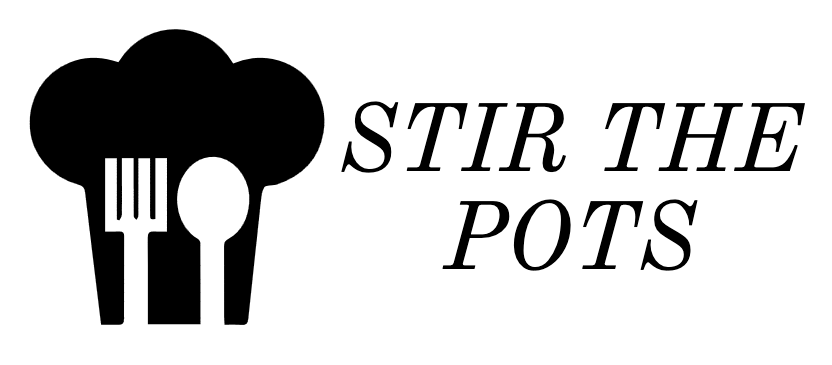
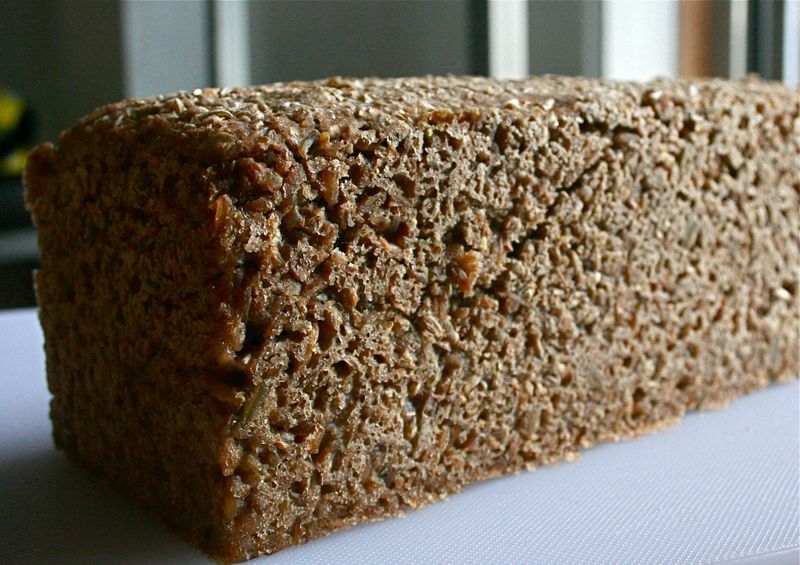
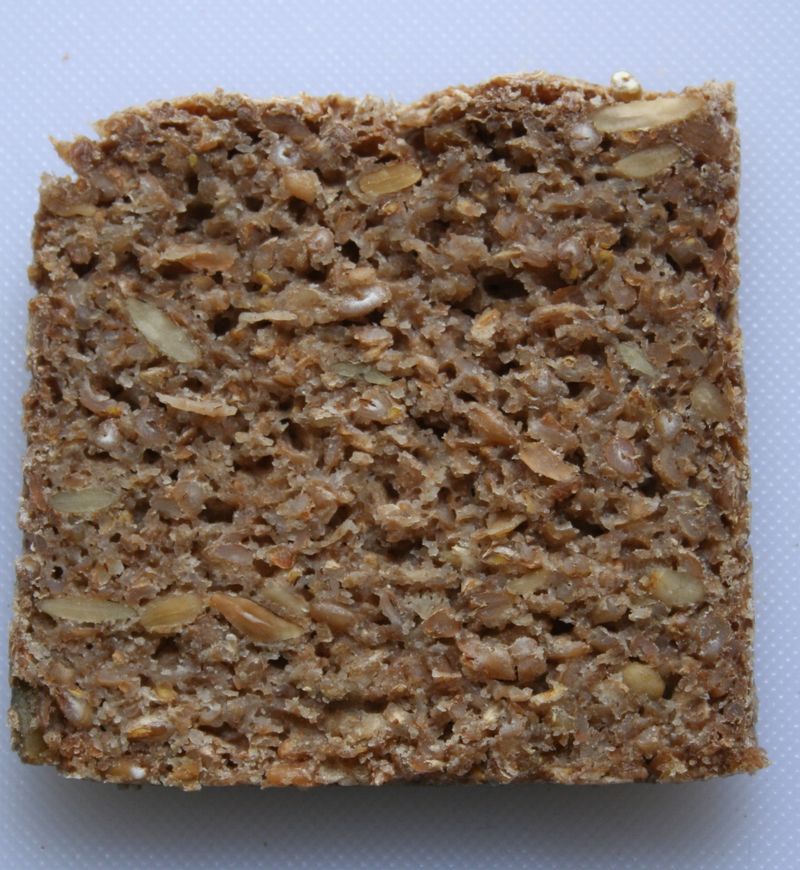
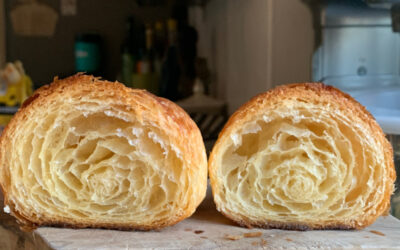
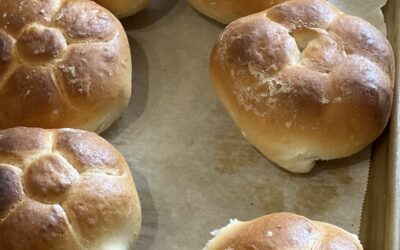

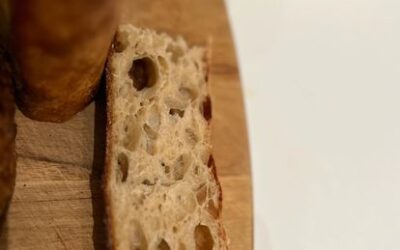
You know you have gotten me more interested in rye, but even without German–>English translation issues, rye flours make my head spin and are an endless source of confusion. Some “light rye” flours have no bran or germ at all, and some do. Some “pumpernickel” flours are like a coarse meal, while others are much more readily identifiable as flour, although still coarsely ground. Help!
In any event, that bread looks fantastic.
Some of those terms are definitely new to me, and I am German.
‘Ganzkorn’ is the literal translation of ‘whole grain’
‘Roggenquetschkorn’ puzzles me. quetschen means to squeeze. Maybe something between grain and rolled flake?
Those type numbers…they must refer to flours only available to the professional baker. Never heard of these before
Hey, I stumbled about your blog a while ago and I really enjoy reading it. I also love the breads that are made from whole grains / Schrot and seeds only and the one you pictured above looks great.
I am German as well and have to agree with Nils, I have never heard some of these terms before. I sometimes struggle with local terms, too.
Some of those terms also seem to be really special “baker’s language” terms.
Mihl, Danke fur kommen, I figured those examples were most likely professional, as well German like English are really confusing especially in bread speak!
Jeremy
You might check out http://www.samartha.net – Samartha makes the best rye breads I’ve had in the United States. He’s German and could probably help with the terms you’re having issues with.
Anyway, look under “sourdough for starters” and then start digging around.
Also, it’s not just the milling. In the US, rye is largely grown for making whiskey. In Europe, it’s grown mostly for making bread. A few German bakers I’ve talked to who have been to the US all say they envy us our wheat but miss German rye.
-Mike
A few definitions –
Roggenmehl 2500
Roggenmehl 1159
Roggenmehl 500
Roggenmehl 960
These are all rye flours. All German flours are typed by their mineral content. They seem to feel that is the most salient characteristic of their flours. I believe the number is the number of mg of minerals per kg of flour. So, the 500 is comparable to a white or light rye; the 960 and 1150 are comparable to a medium rye, the 2500 is comparable to a whole rye. Dark rye, in the US, is not well defined. For some mills it’s whole rye, for others it’s what’s left over after the light and medium rye have been milled out. Avoid dark unless you can be sure it is whole rye!
Roggenvollkornschrot fein
Roggenvollkornschrot grob
Roggenvollkornschrot mittel
Fairly coarsely ground whole grain rye in fine (fein), coarse (grob or gross), and medium (mittel) grinds. This is definitely NOT a flour, more like a cracked grain of varying sizes.
Roggenvollmehl – whole grain rye flour.
Hope that’s not too late… maybe Samartha can help with the rest.
-Mike
Danke Mike,
Rye is definitely my passion and I thank you for helping define some of those tricky German Types…can’t get enough schrot, fein, mittel or gross!